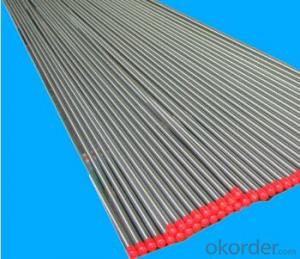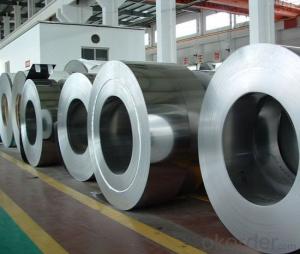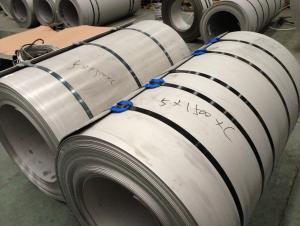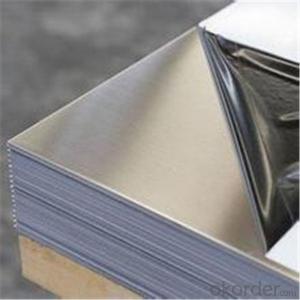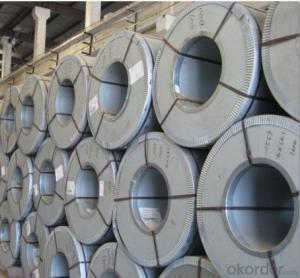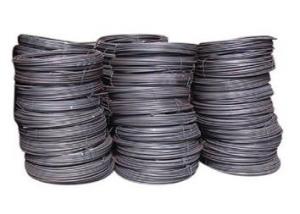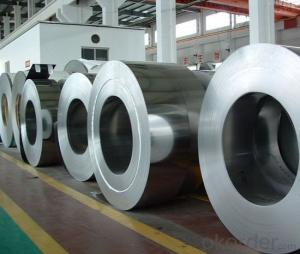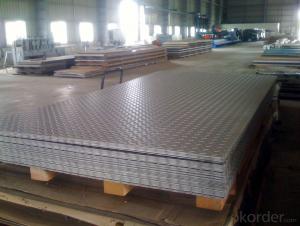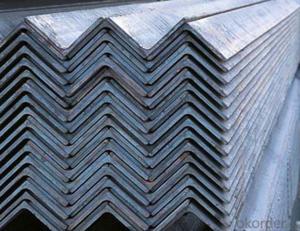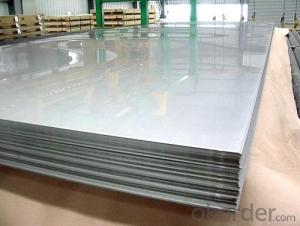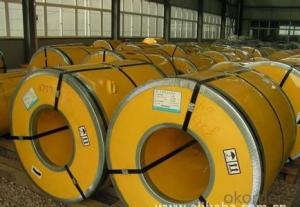All Categories
- - Steel Wire Rod
- - Steel Coils
- - Steel Profiles
- - Steel Pipes
- - Stainless Steel
- - Tinplate
- - Special Steel
- - Steel Sheets
- - Steel Rebars
- - Steel Strips
- - Hot Rolled Steel
- - Cold Rolled Steel
- - Pre-painted Steel
- - Seamless Steel Pipe
- - Welded Steel Pipe
- - Hollow Steel Tubes
- - Galvanized Pipe
- - Stainless Steel Coil
- - Stainless Steel Sheet
- - Stainless Steel Plate
- - Stainless Steel Strips
- - Electrolytic Tinplate Coil
- - Electrolytic Tinplate Sheet
- - Stainless Steel Rebars
- - Solar Panels
- - Solar Water Heater
- - Solar Related Products
- - Solar Inverter
- - Solar Cells
- - Solar Light
- - Solar Energy Systems
- - Solar Controllers
- - Solar Mounting System
- - Solar Pump
- - Solar Chargers
- - Fiberglass Chopped Strand
- - Fiberglass Mesh Cloth
- - Composite Pipes
- - FRP Pultrusion Profiles
- - Fiberglass Mat Tissue
- - Fiberglass Fabrics
- - Fiberglass Mesh
- - Composite Tank
- - Fiberglass Mesh tape
- - Polymer
- - FRP Roofing Panel
- - Fiberglass Roving
- - Monolithic Refractories
- - Ceramic Fiber Products
- - Refractory Bricks
- - Raw Materials For Refractory
- - Suspended Platform
- - Cranes
- - Concrete Machinery
- - Earthmoving Machinery
- - Building Hoist
- - Road Building Machinery
- - Plastic Pipe Fittings
- - Plastic Tubes
- - Plastic Sheets
- - Agricultural Plastic Products
- - Plastic Nets
 All Categories
All Categories
Q & A
How is stainless steel used in the production of medical instruments?
Stainless steel is commonly used in the production of medical instruments due to its excellent corrosion resistance, durability, and ease of sterilization. It is used in the manufacturing of surgical instruments, such as scalpels, forceps, and scissors, as well as in the production of implants like orthopedic screws and plates. Additionally, stainless steel is utilized in the construction of medical equipment, such as operating tables, trays, and storage cabinets, ensuring a hygienic and reliable environment for medical procedures.
What is the role of stainless steel in the fabrication of low-emission and sustainable commercial office buildings?
Stainless steel plays a crucial role in the fabrication of low-emission and sustainable commercial office buildings due to its unique properties and environmental benefits. As an alloy of iron, chromium, and other elements, stainless steel offers exceptional durability, corrosion resistance, and aesthetic appeal, making it an ideal material for various applications in building construction.
In terms of low-emission design, stainless steel is widely used in HVAC systems, including ductwork and air handling units, as it helps minimize energy loss and improve indoor air quality. Its thermal conductivity allows for efficient heat transfer, reducing the need for excessive heating or cooling. Additionally, stainless steel's resistance to corrosion ensures the longevity and reliability of these systems, reducing maintenance and replacements, thereby reducing waste and emissions.
Moreover, stainless steel is a recyclable material, making it highly sustainable in the construction industry. Its high scrap value promotes a circular economy, where it can be reused and repurposed, minimizing the demand for raw materials and reducing the carbon footprint. Additionally, stainless steel's low life cycle impact, including its long lifespan and recyclability, contributes to the overall sustainability of commercial office buildings.
Overall, stainless steel's contributions to low-emission and sustainable commercial office buildings are undeniable. Its energy-efficient properties, corrosion resistance, and recyclability make it an essential material in the pursuit of environmentally friendly construction practices.
How does the composition of stainless steel affect its magnetic properties?
The composition of stainless steel affects its magnetic properties by altering the amount of austenite or ferrite present in the material. Stainless steel can be classified as either ferritic, austenitic, or a combination of both. Ferritic stainless steels are magnetic, while austenitic stainless steels are non-magnetic. The presence of nickel, manganese, and nitrogen in austenitic stainless steels promotes the formation of austenite, which is non-magnetic. On the other hand, ferritic stainless steels contain higher levels of chromium and lower levels of nickel, resulting in the formation of ferrite, which is magnetic. Therefore, the composition of stainless steel determines its magnetic behavior.
Wholesale Stainless Steel from supplier in Haiti
We are a Stainless Steel supplier serving the Haiti, mainly engaged in the sale, quotation, and technical support services of various Stainless Steel products in the Haiti region. We are a subsidiary platform of the Fortune Global 500 company CNBM, able to provide you with one-stop Stainless Steel procurement services in the Haiti. Not only do we have a wide range of Stainless Steel products, but after years of market development in the Haiti, we can also provide valuable experience for your projects.
